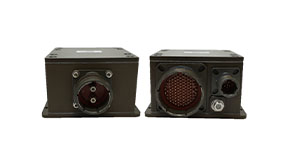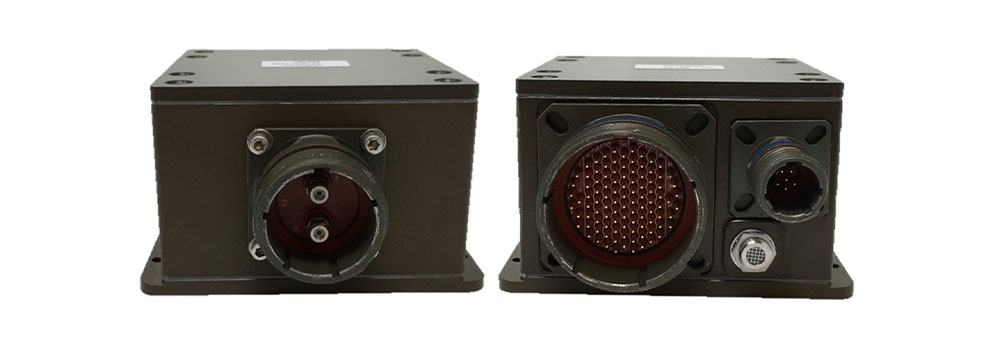CRATE

Description:
Wireless communications infrastructure continues to develop new protocols and waveforms for specific applications. Current systems suffer in their ability to work with separate protocols simultaneously and cannot capture signals with sampling rates in the magnitude of tens of MHz. Amphenol’s Convert Radio Analog to Ethernet (CRATE), has been developed to mitigate those concerns by utilizing a high sampling rate to capture a large swath of bandwidth in this ever-growing system. CRATE provides an out-of-the-box solution to meet the most stringent transmission and reception requirements. By utilizing the third-generation Xilinx Radio Frequency System on Chip (RFSoC), CRATE employs 16 ADCs capable of sampling rates up to 5 Gsps and 16 DACs capable of sampling rates up to 10 Gsps to concurrently transmit and capture signals, both known and unknown. Additionally, CRATE uses state-of-the-art fiber optic Ethernet transceivers to forward to other processing blocks for instantaneous demodulation of many signals.
Features & Benefits:
- A singular RF frontend that can transmit/receive signals of arbitrary bandwidth and carrier frequencies
- Simultaneous transmission or reception of 16 channels
- Up to 5 Gsps sample rate on 14-bit ADCs on each channel
- Up to 10 Gsps sample rate on 14-bit DACs on each channel
- Distinct control of interpolation and decimation on all channels
- Independent digital step attenuators for each receive channel
- Run-time configuration of sampling rates, decimation, interpolation, center frequencies, Nyquist band selectivity, etc.
- Real-time calibration of ADC/DACs for improved spectral performance
- ADC configuration options: real input to real output, real input to I/Q output, and I/Q input to I/Q output
- Capable of synchronizing with other CRATE boards for increased number of channels
- (2) 100Gbps Ethernet point-to-point
- Physical Coding Sublayer (PCS)
- Encoding 256b257b
- Ethernet Forward Error Correction (FEC)
- Physical Medium Attachment sublayer (PMA)
- QSFP28 cabling
